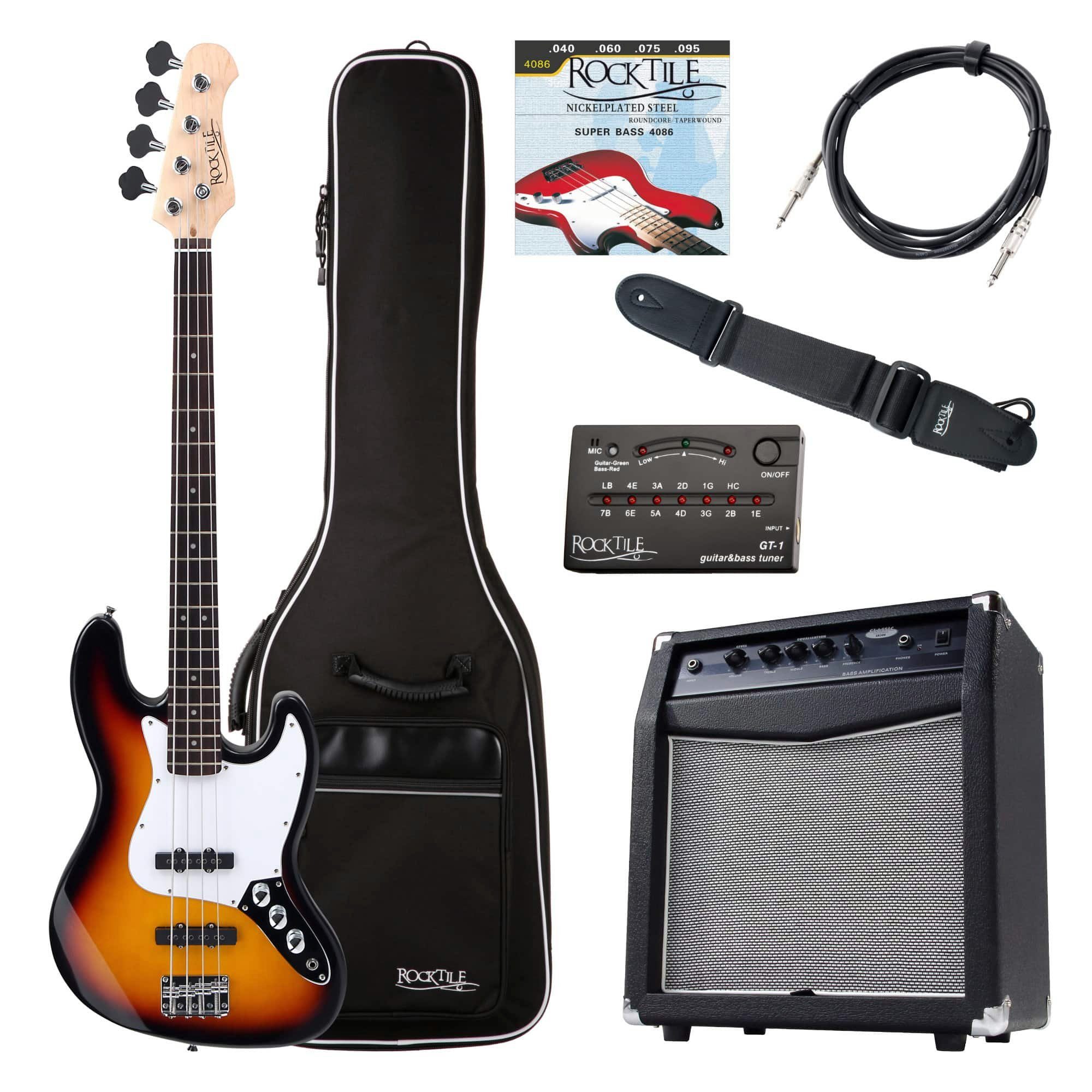

The Telecaster’s upper bass bout hinted at a cutaway, angling into the neck on a line that emerged on the treble side about three frets higher up the neck. The only fundamental design difference between the Precision and the Telecaster was the body shape. A round washer functioned as a string tree to give the two highest strings a sharper break-angle over the nut.

The peghead was relatively narrow, with all tuners on the bass side. The neck was Fender’s one-piece maple design, with integral fingerboard. Hidden under a handrest, the pickup was a single black bobbin without a cover, similar to the Telecaster’s bridge-position pickup. Two adjustable saddles (made of a pressed fiber material rather than the brass saddles of the Tele) each accommodated a pair of strings. The solid ash body had squared-off edges and a blond finish. When it debuted in November, 1951, the Precision did have a lot in common with the Telecaster and Esquire, which Fender had introduced a little over a year earlier. Photo: Robert Parks, courtesy George Gruhn. However, unlike the Tele and Strat, which required only minimal wiring changes to reach their optimal design, the Precision had an evolutionary history more like Gibson’s Les Paul model, not reaching its preferred configuration until it received an upgraded pickup (among other changes) in 1957 and a new finish color in ’58. As an electric bass guitar, it was even more important, as an instrument that allowed bassists the same physical freedom as well as the same playing technique enjoyed by electric guitarists. As the first commercially successful electric bass, it was a landmark in the evolution of musical instruments.
#Jazz bass pre amp full
If you are looking for full blend capability in passive mode, we recommend the 2 band John East J Tone preamp.The Fender Precision Bass, introduced in 1951, was arguably more revolutionary and more influential on popular music than the Telecaster or Stratocaster. For most players, the passive mode is a ‘get out of trouble’ mode for situations such as live gigging where a battery failure occurs. Therefore, a player can use the pickup switch to alternate between both pickups on or the bridge pickup on only. In passive mode, the blend pot does not function. NOTE : John East J Retro & J Retro Deluxe preamps use an active blend. Not too drastic, your bass still has ‘its’ tone, but a bit thicker. Most players here it as immediately adding a little thickness and oomph. There is a built in “color’ to the tone of the J Retro. In most cases, the required 9 Volt battery will fit under the control plate. Jazz cavity plate, jack, switches, as well as knobs are included with this pre-wired and read-to-install preamp. John engineered this preamp in a way so that we don’t have to make permanent alterations to our bass. Understandably, a lot of bassists want the flexibility that having an onboard preamp gives, but don’t want to route new holes or move the output jack.

One of the first preamps to be created specifically for Jazz Basses®, it’s high functionality and tone is loved by many.įrom players with $3000+ custom J basses, to others that have found excellent-playing sub-$500 basses - this preamp has taken a lot of basses to a higher level.


 0 kommentar(er)
0 kommentar(er)
